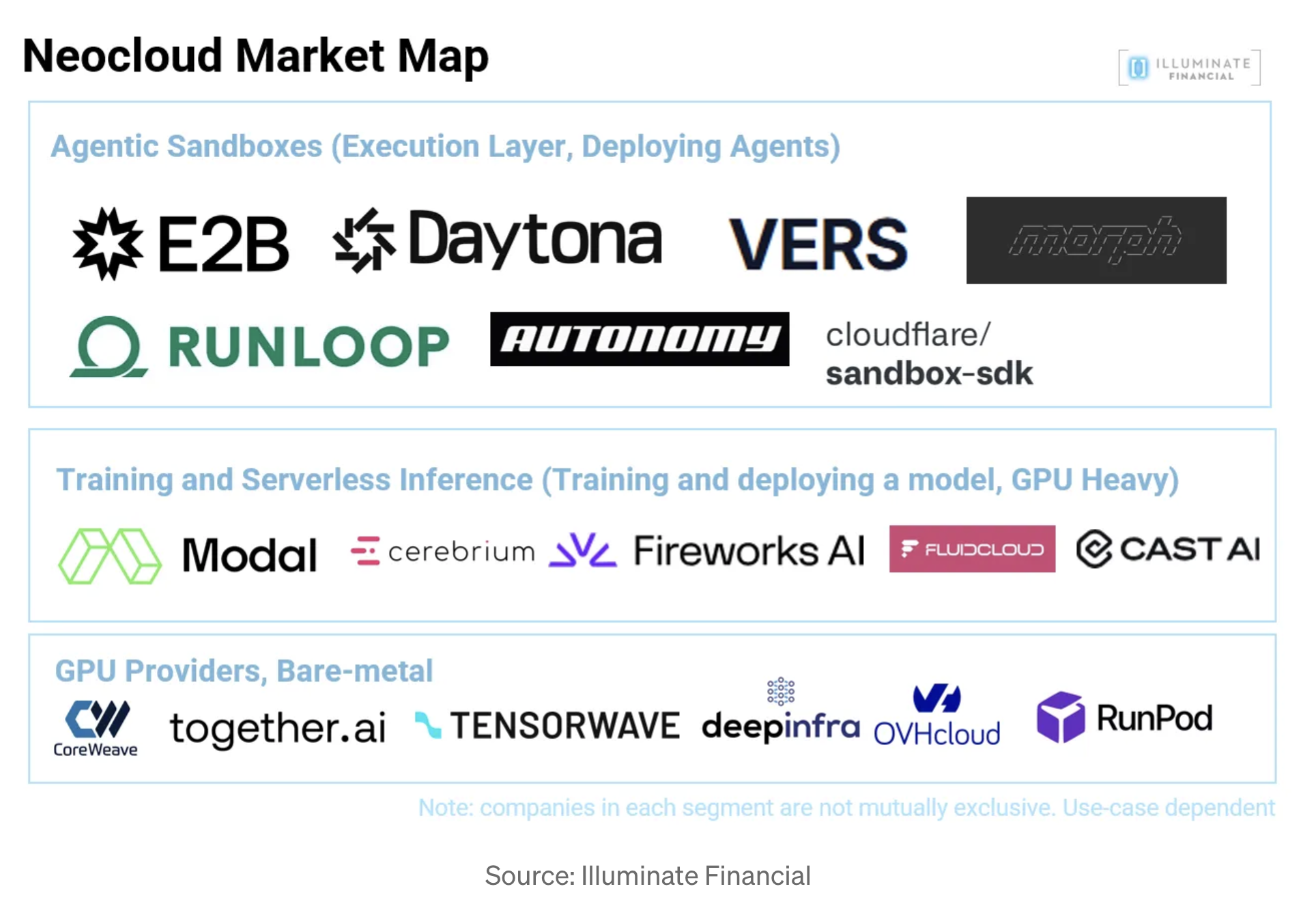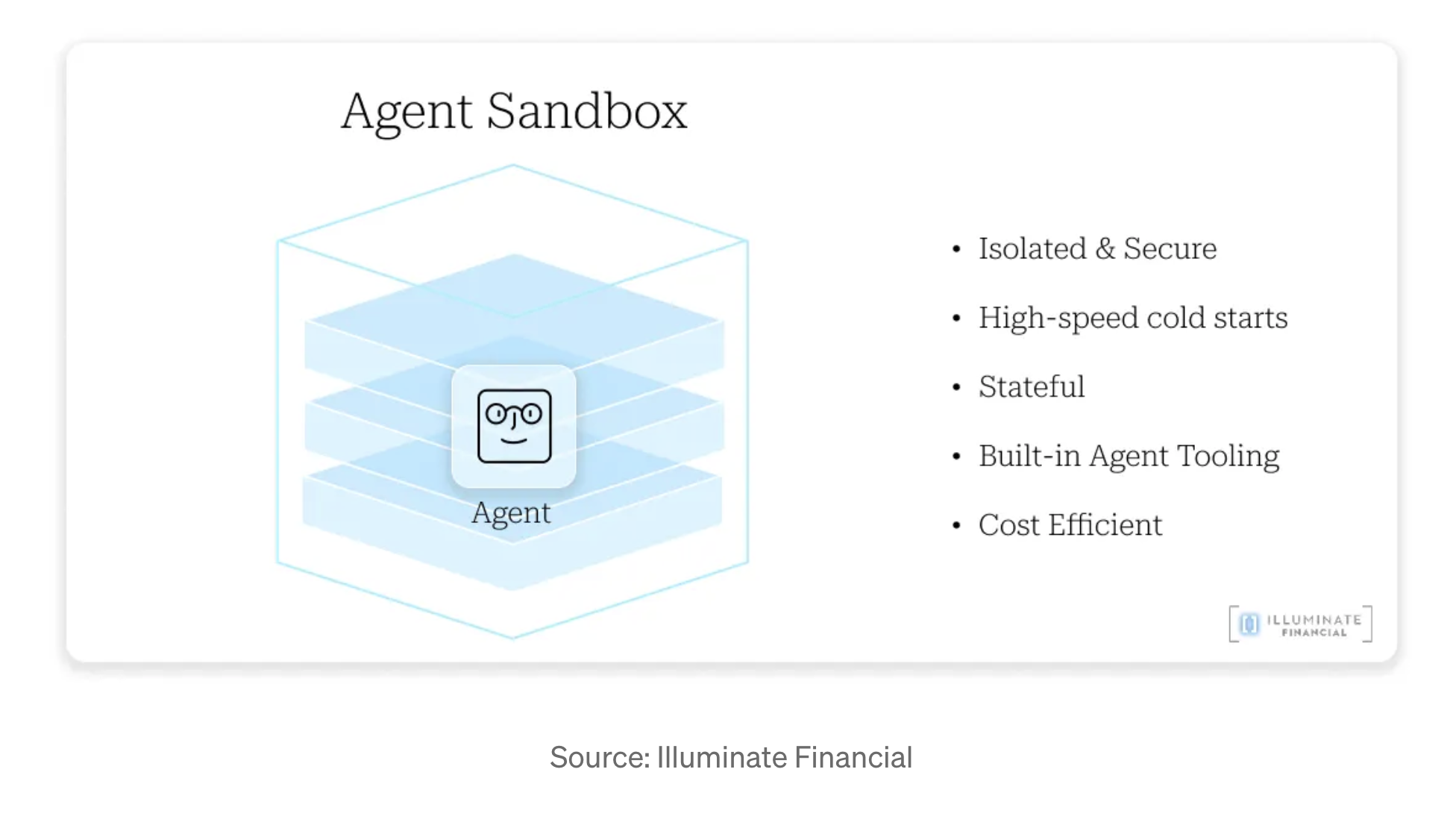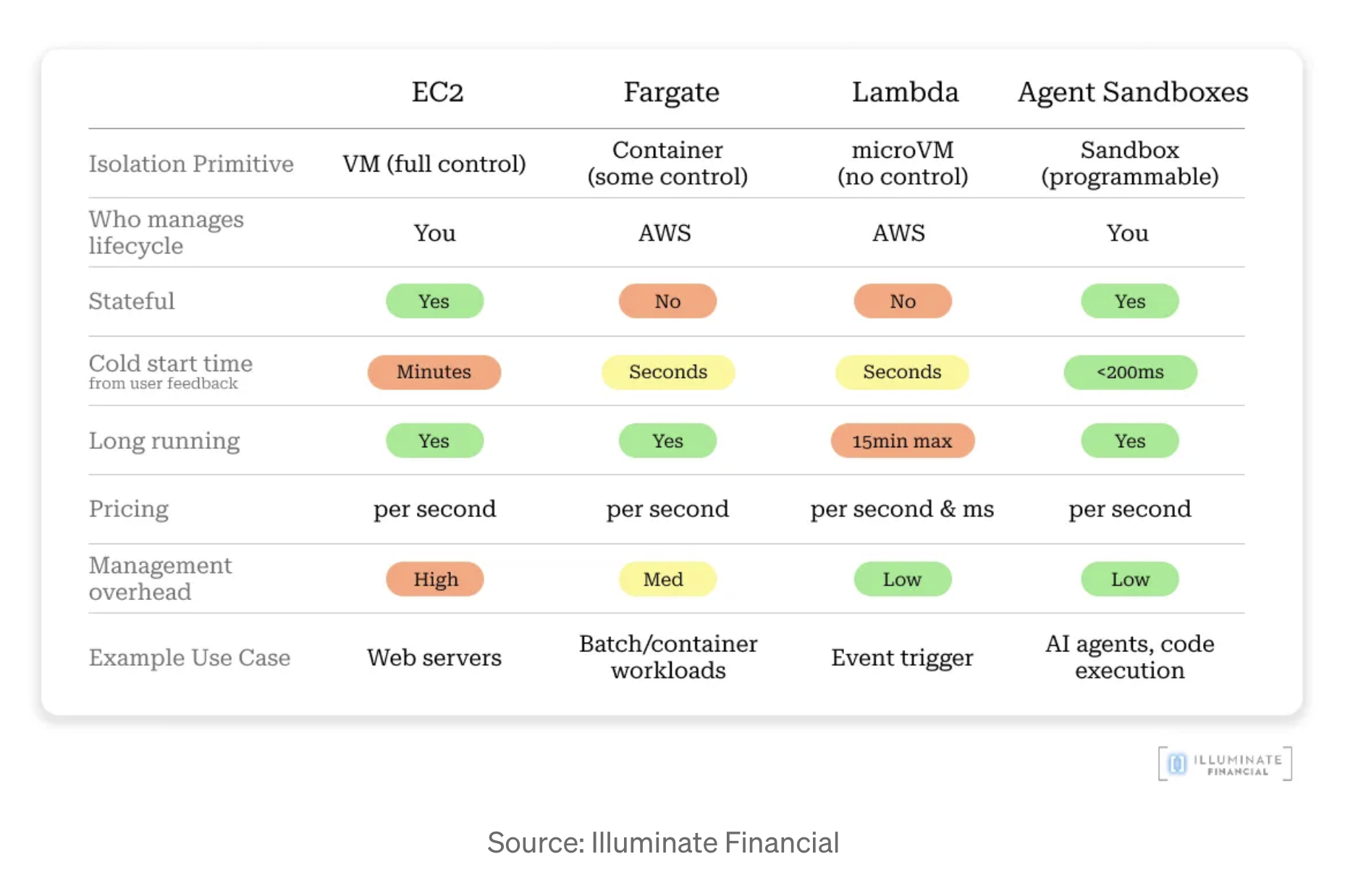What and why
What is Autonomy?
Autonomy is a platform to ship autonomous products: Autonomy is a complete platform-as-a-service to build, deploy, and scale products that use teams of deep work agents to autonomously perform long and complex tasks. Each agent can plan, take notes on a filesystem, curate context on every turn, and delegate work to parallel sub-agents. Parallel agents, each focused on a small part, achieve the overall goal faster. They are also more successful because the context that they provide to their language model contains much less noise. The Autonomy runtime is designed for multi-tenant, streaming workloads. Agents run as stateful concurrent actors that asynchronously send and receive messages. This enables effortless horizontal scaling and fan-out through powerful patterns like distributed agentic map-reduce. Autonomy provides secure identity, asynchronous messaging, orchestration, context management, memory, and tools in one cohesive runtime, eliminating the accuracy challenges, fragmentation, and integration overhead that slows AI adoption today. Enterprises and startups alike, use Autonomy to ship autonomous products, composed of millions of collaborating agents, that can sense, decide, and act on their own in complex environments.Why is Autonomy worth investigating?
Autonomy is worth investigating because it represents the “execution and coordination layer” for the next wave of enterprise AI. As enterprises move from chat bots and simple agent prototypes to continuous, autonomous decision-making systems, they require infrastructure that enables agents to succeed, ensures security, and unlocks scale. Autonomy is purpose-built for this new category, enabling organizations to operationalize agent-based AI in production with the rigor expected from mission-critical systems.Where do you see Autonomy in 3 years?
In three years, Autonomy aims to be the standard platform for agentic products across the enterprise and SI ecosystems. We expect to be deeply embedded in vertical solutions (financial services, healthcare, logistics, enterprise software), powering autonomous workflows that run millions of agents concurrently—much like how Kubernetes became the default for container orchestration in the 2010’s. We also anticipate that systems integrators and major cloud providers will bundle Autonomy as part of their “enterprise AI stack,” providing clients with a stable foundation for orchestrating agents, integrating models, securing data movement, and scaling to global workloads.Solutions
What services and products does Autonomy offer?
Autonomy offers a fully managed platform for distributed agents, including:- Actor-model compute engine for massive scale distributed and concurrent workload.
- Non-human identity and secure messaging (built using Ockam)
- Agent context, memory and state management
- Tooling and orchestration for workflows connecting models, data, APIs, MCPs etc.
- PrivateLinks for secure, cross-cloud and on-prem connectivity
- Framework and CLI for building and deploying agentic applications
Why do your customers buy your product or service?
Customers buy Autonomy because they want to move beyond prototypes and deploy autonomous systems safely at scale. They are struggling with fragmented stacks. They have LLMs here, workflows there, identity somewhere else and they need a cohesive platform that handles security, coordination, and reliability without requiring them to stitch everything together themselves. Autonomy radically reduces time-to-production, improves operational stability, and allows teams to focus on solving business problems rather than building distributed systems infrastructure.What business problems does Autonomy solve and what are the typical business outcomes for your customers?
Autonomy solves the challenge of turning AI from an occasional model invocation into a continuously operating system that can execute work autonomously. Enterprises use Autonomy to automate high-volume, high-variability processes such as loan approvals, compliance automation, recruitment, procurement operations, customer onboarding, and security automation. Typical outcomes include dramatic reductions in manual work, improved decision consistency, faster cycle times, and increased throughput. Customers also report accelerated experimentation cycles, allowing them to ship new AI capabilities in days rather than quarters.What differentiates your product from existing products and services?
Autonomy is differentiated by the following pillars:- The ability to do deep work – Each agent can autonomously plan, take notes on a filesystem, curate context on every turn, and delegate work to parallel sub-agents. This enables agents that work on long and complex tasks.
- Secure distributed architecture – Every agent is individually identified, mutually authenticated, and operates through encrypted channels by default.
- Massive concurrency – Built on an actor-model runtime that can scale to billions of agents operating independently.
- End-to-end orchestration – Memory, messaging, tools, and workflows are integrated into one coherent platform rather than being stitched together through third-party components.
- Built with Ockam – Ockam’s secure-by-design communication layer is open source, battle-tested, and independently audited. It gives enterprises confidence that agent-based systems can run in zero-trust, multi-cloud, and hybrid environments.
Competition and Go-to-Market
Where do you fit in the market relative to your top competitors?
Autonomy sits in the “agentic execution layer” of the emerging AI stack. It is adjacent to, but distinct from, simple agent abstraction (LangChain, CrewAI), workflow scripting tools (Zapier, ServiceNow Flow), and model providers (OpenAI, Anthropic, AWS Bedrock). Our competitors primarily address either the developer workflow or the model layer, whereas Autonomy addresses the runtime, secure communication, and scaling of continuous autonomous workflows.What is your G2M strategy, direct or indirect?
Autonomy is a self-serve platform. Any organization—SI, startup, or global enterprise—can sign up, build, and scale agentic products directly on the platform without needing implementation services or custom onboarding. This self-serve approach is intentional: agents and autonomous software are new, and the fastest path to adoption is giving builders a frictionless, bottoms-up way to experiment, prototype, and launch. While the core motion is self-serve, we also support land-and-expand dynamics inside larger enterprises once teams begin to scale production workloads. Partners, SIs, and solution providers participate by building on top of Autonomy just as they would any cloud platform—they consume the product the same way a developer or internal team would, then layer their domain expertise and services on top. This makes Autonomy easy to adopt, easy to integrate into existing programs, and easy for partners to commercialize without requiring a special channel or bespoke engagement model.What are your key partners and alliances?
Our partners include major cloud providers, GPU infrastructure companies, SI organizations, and emerging “neocloud” platforms. For enterprise clients, we integrate with identity platforms, data systems, and model providers across the open and commercial ecosystem. We are also expanding alliances with global SIs who can use Autonomy to build agent-powered industry solutions. Existing and emerging partners include:- Okta (Identity)
- WorkOS (Identity)
- Masterborn (SI)
- AWS (Inference)
- CoreWeave (Inference)
- Lambda (Inference)
- OpenAI (Inference)
- Databricks (Data)
- Snowflake (Data)
- Box (Data)
When will you complete your next important milestones?
Over the next 12-24 months we aim to accelerate enterprise adoption and expand the partner ecosystem. Specifically, we plan to:- Release enhanced enterprise governance, compliance, and observability features
- Expand framework functionality as customer requirements require. For example, deepen support for Voice based agents.
- Deepen SI distribution.
How does Autonomy fit into the Services as Software Industry?
The ability to autonomously accomplish complex enterprise goals is a prerequisite for business models where customers pay for outcomes instead of paying for software licences. Autonomy unlocks this ability with truly autonomous deep work agents. Idea to a live agentic product - in 10 minutes. Coding agents are fundamentally changing the product development experience. Autonomy’s developer experience is designed for this new world and integrates deeply with coding agents. This enables lightning speed experimentation and rapid iteration. Our customers routinely ship new experiments in 10 minutes.How does Autonomy you fit into the NeoCloud category
Over the past decade, cloud infrastructure evolved primarily to support static workloads: VMs, containers, serverless functions, microservices, and scalable data systems. This architecture was optimized for predictable, request–response compute patterns. However, a new class of workloads is emerging—AI agents—and they behave in fundamentally different ways: they run continuously, maintain state, collaborate with other agents, invoke models, reason over memory, and interact with external systems. These behaviors require a completely different type of cloud foundation.
- Stateful, concurrent execution of massive numbers of agents
- Secure, identity-driven communication between agents, services, and data
- Tooling and orchestration that allow agents to reason, coordinate, and act continuously
How is Autonomy positioned inside this Agentic Sandbox category?
Where traditional tools help you build an agent, Autonomy helps you run, scale, secure, and orchestrate millions or billions of agents as coherent products. This makes Autonomy not a productivity tool or an add-on, but the execution layer for agent-native applications. It supplies the state management, messaging guarantees, distributed identity, workflow orchestration, and massive concurrency that agent-based products require.
- Shift from model calls to agentic systems. As organizations evolve beyond simple LLM prompts toward continuous autonomous workflows, they need infrastructure built for this specific mode of operation.
- New category of cloud spending. NeoClouds represent a meaningful architectural shift—similar to what Kubernetes did for containerization—and early adoption lets organizations shape internal patterns and vendor strategy.
- Acceleration of vertical AI transformation. SIs and enterprise teams can build domain-specific agent systems faster when they stand on a purpose-built execution layer instead of stitching together brittle components.
- Resilience and safety at scale. The identity, security, and reliability assumptions of general cloud infrastructure do not map directly onto agent-native architectures. The NeoCloud layer addresses these requirements explicitly.


